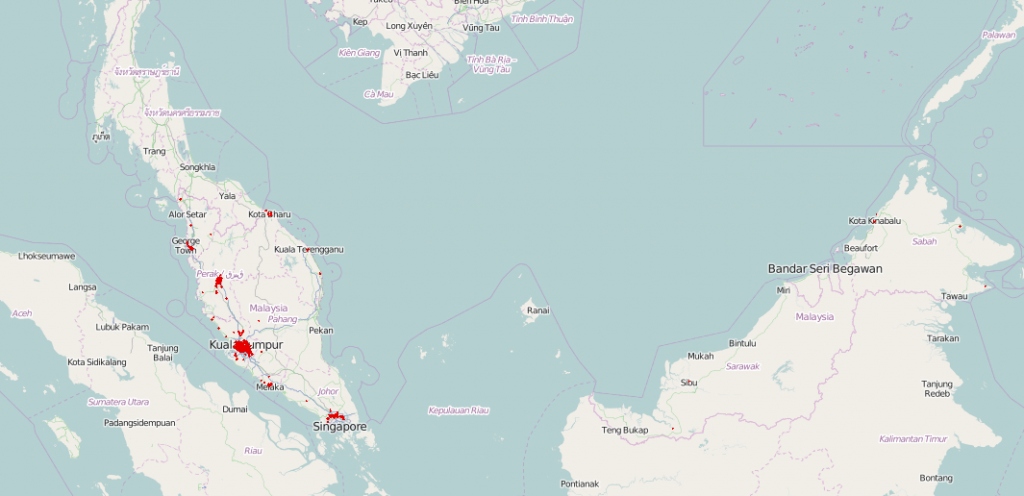Dengue fever in Malaysia: 18,000 cases and 44 deaths
The dengue fever outbreak in Malaysia last year reached approximately 100,000 cases, about a three-fold increase from 2013.
It would seem that 2015 will be another harsh dengue fever season in the southeast Asian country based on numbers reported by the Malaysia Ministry of Health Friday (computer translated).
The total cumulative dengue cases reported from Jan. 4 to Feb. 13, 2015 is 17,918. This included the 450 cases reported on Friday alone.
Of this total, health authorities are reporting 44 dengue-related fatalities.
Fifty-seven percent of the cases have been reported in Selangor state (10,223) followed by Perak (2,020), Johor (1,024) and Kuala Lumpur (913).
According to the World Health Organization, dengue is transmitted by the bite of a mosquito infected with one of the four dengue virus serotypes. It is a febrile illness that affects infants, young children and adults withsymptoms appearing 3-14 days after the infective bite.
Dengue is not transmitted directly from person-to-person and symptoms range from mild fever, to incapacitating high fever, with severe headache, pain behind the eyes, muscle and joint pain, and rash. There is no vaccine or any specific medicine to treat dengue. People who have dengue fever should rest, drink plenty of fluids and reduce the fever using paracetamol or see a doctor.
Severe dengue (also known as dengue hemorrhagic fever) is characterized by fever, abdominal pain, persistent vomiting, bleeding and breathing difficulty and is a potentially lethal complication, affecting mainly children. Early clinical diagnosis and careful clinical management by trained physicians and nurses increase survival of patients.

Map of dengue fever in Malaysia (red)